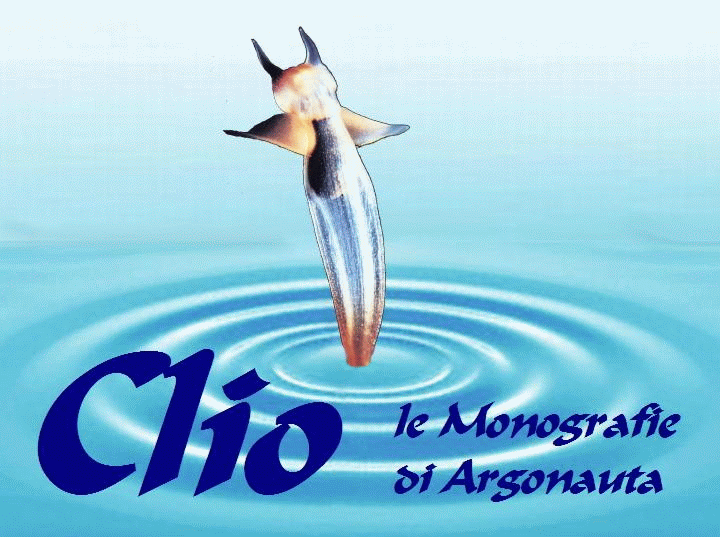
Clio supplemento a Argonauta n. 7-12 2011
 |
 |

Le posature
Per i molluschi terrestri le cose sono un poco più complesse. La loro proverbiale lentezza non favorisce loro grandi spostamenti e, soprattutto, non ci sono correnti di acqua che le vanno a depositare chissà dove. Nei fiumi e nei laghi non è però difficile trovare le "posature". Si tratta di anse dove le correnti dell'acqua depositano spessi strati di frammenti di ramoscelli, foglie secche, cortecce, sassi e...conchiglie. Si trattano esattamente come i detriti marini dai quali differiscono per il loro peso specifico: la maggior parte del contenuto è, come detto, piuttosto leggereo e voluminoso (fogli, pagliuzze e ramoscelli). Una normale busta può raccogliere circa 10 kg di detrito dal quale potete ricavare, se siete fortunati, non più di 100 grammi di detrito selezionato abbastanza ricco di conchiglie. Poichè l'acqua di fiumi e laghi è dolce potete facilmente fare un primo lavaggio sul posto.. Il "detrito" tipico delle ricerche terrestri è in effetti la terra. Quando si scopre un punto, sotto un sasso o sull'argine asciutto di un torrentello, con un certo numero di conchigliette, si raccoglie una busta di terra dalla quale estrarre esemplari utili. Questo detrito terroso non vi offrirà grandi quantità di esemplari ma forse più soddisfazioni per la qualità del materiale rinvenuto. |
The posature
For terrestrial molluscs things are a little more complex. Their proverbial slowness is not conducive to their large displacements and, above all, there are no currents of water that must be to deposit somewhere. In rivers and lakes is not difficult to find the "posature". These loops where currents of water deposited thick layers of fragments of twigs, leaves, bark, rocks and ... shells. Are treated exactly as the marine debris from which differ in their specific weight: most of the content is, as mentioned, rather voluminous and leggereo (sheets, flakes and twigs). A normal bag can collect about 10 kg of debris from which you can get, if you're lucky, no more than 100 grams of detritus selected rich enough shells. Since the water of rivers and lakes is sweet you can easily do a first wash in place . The "debris" typical of the research is in fact the terrestrial ground. When you find a point, or under a rock on the bank of a dry creek, with a number of shells, it collects a bag of earth from which to extract useful examples. This detritus earth there will lots of examples but perhaps the most satisfaction for the quality of material recovered. |
